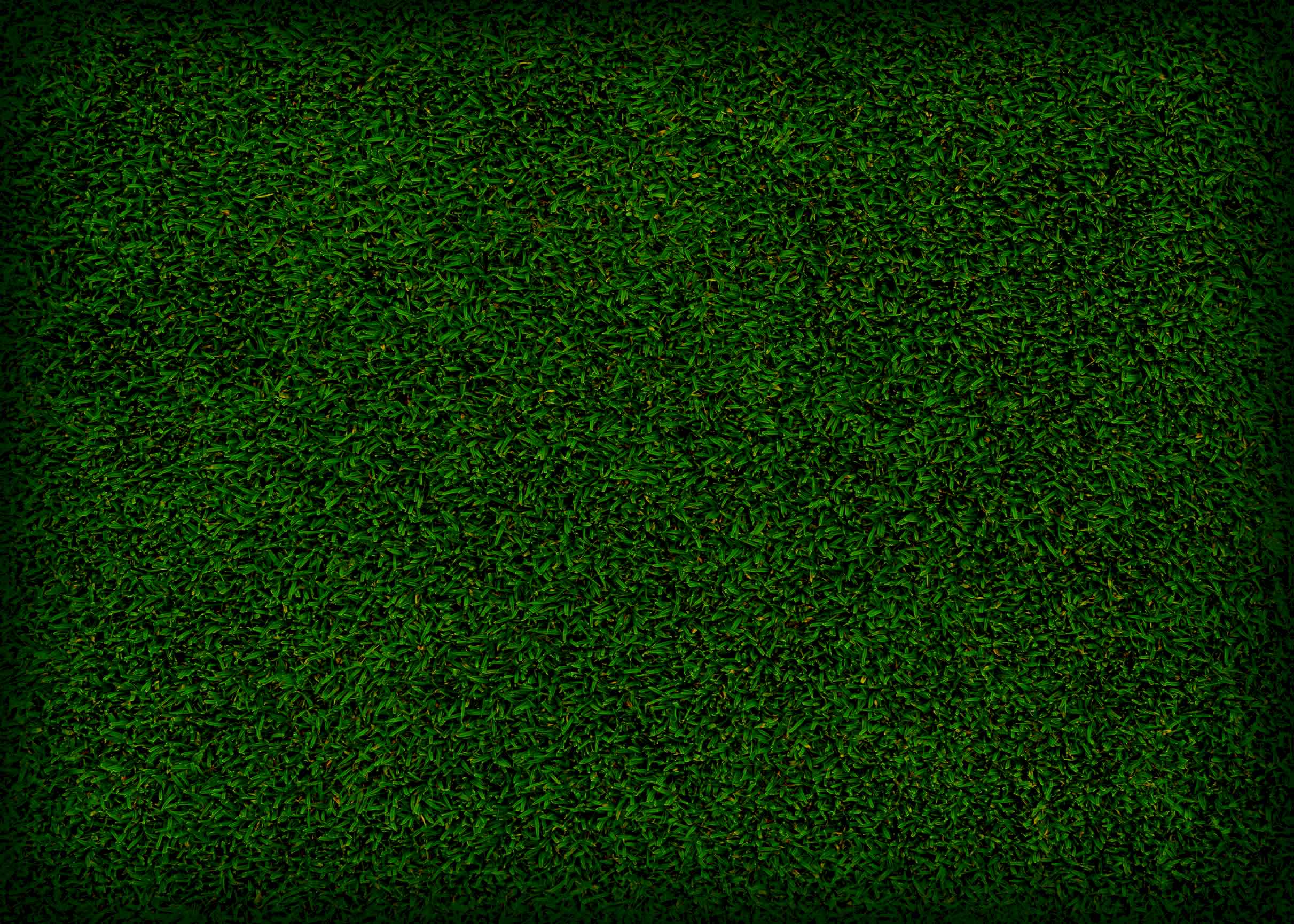A good game of golf requires three good mechanics :
- Mechanics of club
- Mechanics of ball
- Mechanics of golfer
Most amateur golfers take care of items 1 & 2 and forget about the most crucial element of a good game, the mechanics of the human body.
Golf biomechanics applies the principles and technique of mechanics to the structure and function of the golfer in an effort to improve golf technique and performance.
In order to have a fighting chance of the ‘perfect swing’, your body needs to have full range of motion. If you have any joint restrictions, especially in the spine, it is impossible to make a complete weight shift during the backswing phase.
In physics, angular momentum can only exist through a fixed rotation. Think of your spine as this fixed rotation. It is around this axis that your limbs (and golf club) rotate. As the spine rotates, your body creates a centrifugal motion that allows the club to follow through. In order for all of this to happen effortlessly without injury it is necessary that your joints can move as freely as possible.
A great analogy is to imagine the basic ‘spinning top’. When spinning, the top can move fast if the axis remains constant. However, if the axis is not stable, the top cannot spin for any great length of time. Bump the axis, and the top falls over. The momentum is lost.
If you have ever stood and watched amateur golfers hit balls at the driving range what you essentially see is a lot of ‘tops’ falling off.
Professional golfers on the other hand have learnt to use their spinal axis and therefore perform like a perfectly balanced spinning top.
How many times have you heard the advice “Keep your head downâ€? OK, keeping your eye on the ball helps. But in reality, the outcome overtime may have a negative effect on your golf performance. If your head kept lifting up, the “head down” advice would be good.
In reality, the swing is a posture issue, not a “head” issue. When you keep your head down, what you are doing is increasing the curvature in your neck and upper back. The body works at its best when your spine is in its “neutral lordosis”(balanced position). Any increase or decrease in spinal curvature means your spine loses its neutral lordosis.
